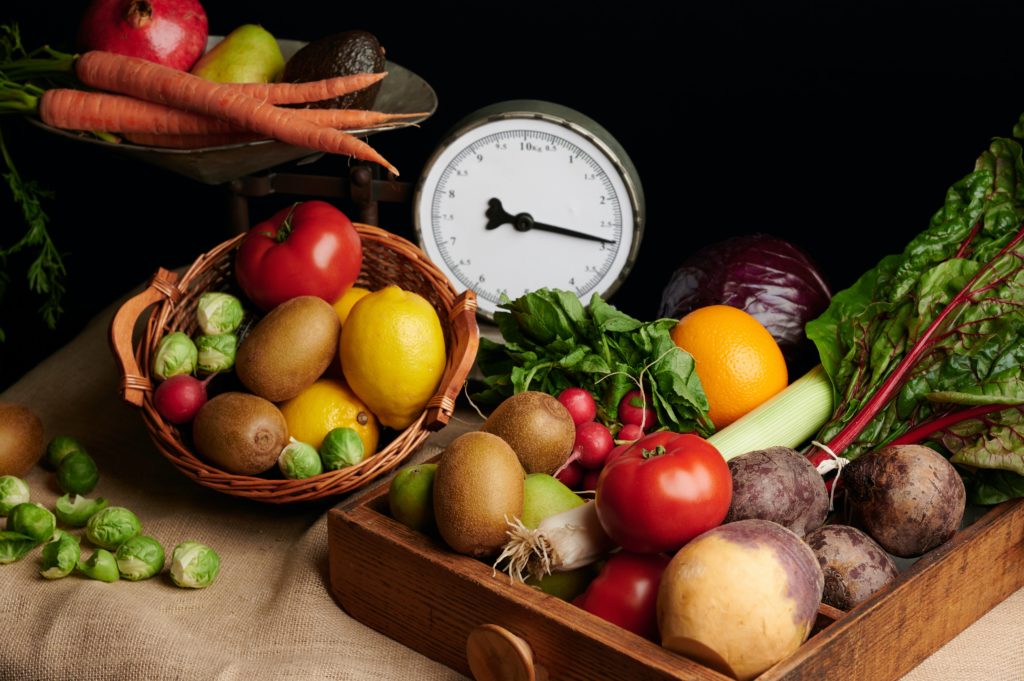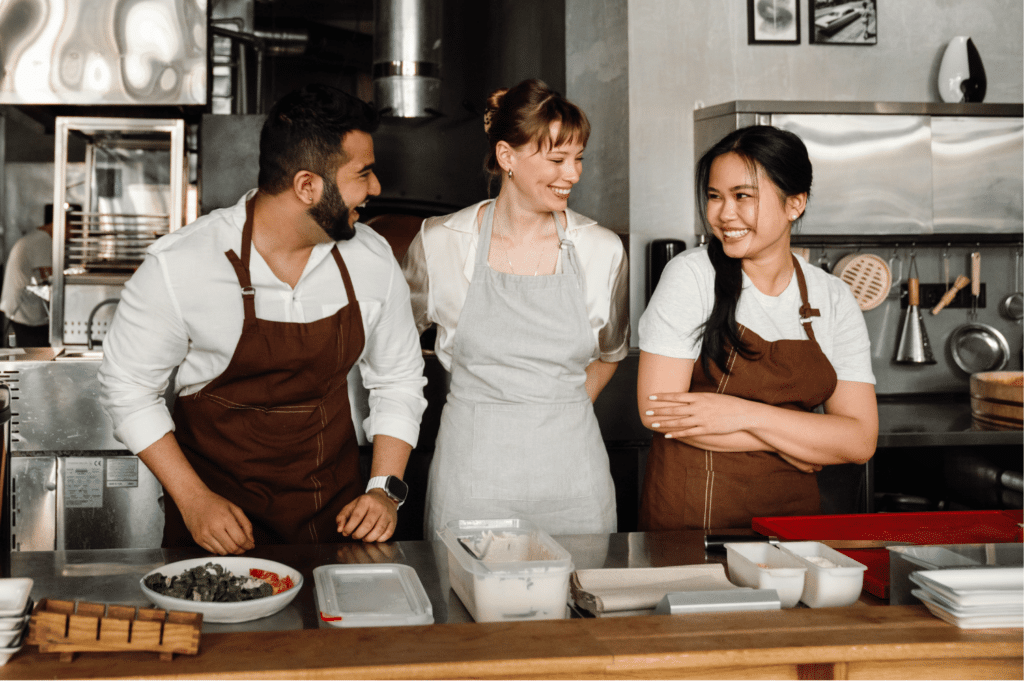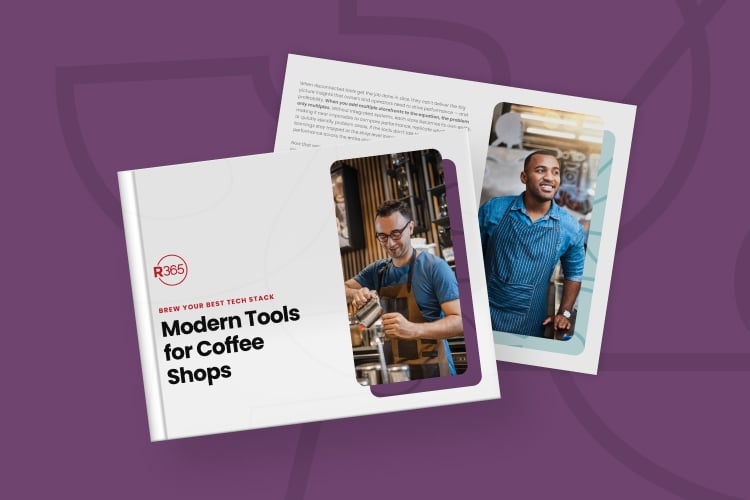This blog is part 2 of a 3-part series on controlling variable costs. Click here to read Part 1.
Every business has both fixed costs (uncontrollable) and variable costs (controllable). Your fixed costs are your set costs such as rent, manager salaries, utilities, taxes, insurance, etc., that do not fluctuate month to month. These costs are independent of sales and are (for the most part) considered uncontrollable.
Variable costs, as the name indicates, can change from day to day and shift to shift. The major variable costs that impact your restaurant group’s bottom line are hourly labor, food cost, and overhead. Lowering your variable costs is one of the most common, effective ways to increase your profit margin and make more money per sale.
In this three-part series, we will break down how to effectively control labor, food, and overhead. Last week, we learned secrets to controlling labor costs. This week we will dive into secrets of controlling food costs.
How to control food costs
Cost of goods sold (CoGS or food cost) is usually the second largest expense of running a restaurant. It is also one of the most controllable expenses. How well you control your food cost helps determine the profitability of your restaurant business.
A 20-30% food cost as a percentage of sales is a good rule of thumb for most restaurants but will vary depending on the restaurant type. For most restaurants, if you are operating at more than 35% you may need to look closely at what is happening to gain more insight and control. But even if you’re running lower, you can squeeze more profits out of your sales by following a few best practices, such as:
Rethink your menu
Run a product mix (or menu item count) report to see the total amount of each menu item you sold for a particular time. Items that are only sold a few times a month should be removed from the menu. There is no need to buy product for menu items that you are not selling.
Beyond reducing food costs, making menu changes can also boost profits based on two main data points: demand and contribution margin. This is critical data about items sold (pulled from integrated POS sales mix), compared to item contribution margin (drawn from your recipe costing).
Multipurpose product
Finding ways to use product in multiple dishes will save you money by buying in bulk and help you move through the item quickly to avoid spoilage. For example, if you use artichoke hearts in only one salad recipe, you can either change the recipe to take them out or find new ways to use them before they go bad, such as on a pizza or pasta dish or special.
Portion control
Make sure that your employees are using a scale every time they prep and portion. Seasoned employees may feel confident enough to eyeball 10 oz of crabmeat, but if he/she over portions by even 1⁄4 ounce it will add up over the month. With restaurant margins being so low, this can be a significant waste of food over time.
Study your voids/comps
It is important to look at your voids and comps every day to see if there is a pattern. Does the menu item not meet the customer’s expectation? Is the kitchen making a consistent mistake and need retraining? Is a certain manager comping his/her friends’ or family’s tab on a regular basis?
Reduce waste
To reduce the amount of spoilage in your restaurant, use the first-in / first-out method. It may take a little longer to unload shipments but moving the older stock to the front of the shelves and putting the new stock behind it will ensure that you are not wasting good product. Also, be sure to mandate date labeling on all perishable products to help with storage and rotation.
There are many more ways to lower your food costs. Some are straightforward while others take some creativity, but even the smallest savings will add up over time. Start with these few steps and see reduction in your food costs.



